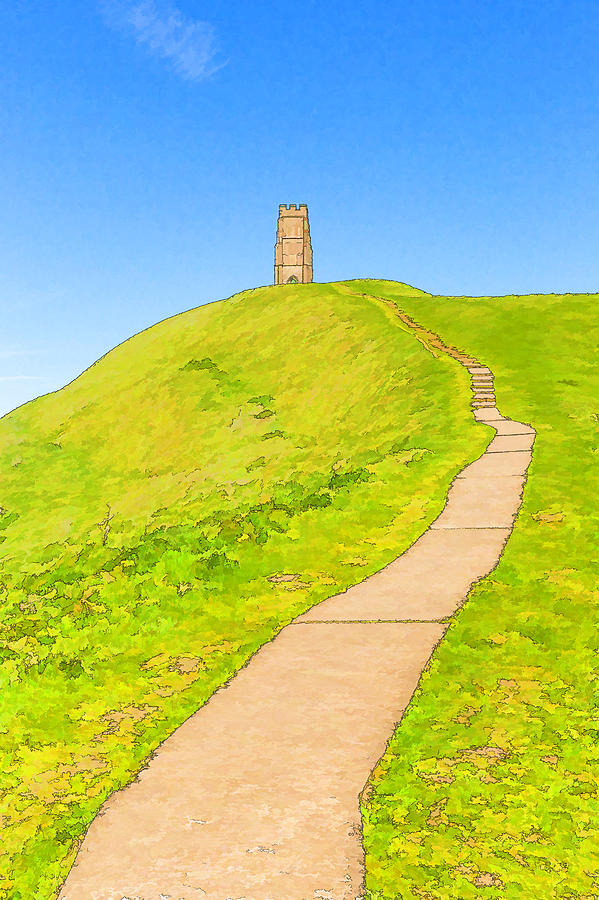

There is much ancient iconography depicting serpents and dragons sinuously wound round the great Earth Tree whose roots reach into the underworld.Ĭhristian teaching associates St. These sites were often pagan sites associated with dragons and serpents, symbolically used to depict the mysterious forces of the underworld. At a large percentage of these sites he was supposed to have slain dragons. Michael was said to have miraculously appeared in over 400 places throughout Britain and Europe during the 4th and 5th centuries. Sites on high places are often dedicated to St. The lias floor was laid in 1984 to replace an earth floor that was constantly dug by treasure seekers. In 1948 further restoration work was undertaken on the Tower. This part of the tower was restored in the 19th century. Drawings from the 1800's show a tower in some state of decay with the north-eastern corner reduced to a rubble layer. A second church was built in the 1360’s, which survived until the Dissolution of the Monasteries in 1539. On 11th September 1275 an earthquake that was felt in London, Canterbury and Wales destroyed the church.

The existence of a monastic community on the Tor is confirmed by a charter of 1243 granting permission for a fair to be held at the Monastery of St. Michael’s church, which remained until 1272. Remains of a 5th century fort have been found and other discoveries from this period include: a metalworker's forge postholes two 6th-century burials of teenagers oriented north-to-south fragments of 6th-century Mediterranean amphorae many animals bones and a worn hollow bronze head which may have topped a Saxon staff.Ī second phase of occupation of the Tor between 9 AD is known from the discovery of the head of a cross and what were probably monastic cells cut into the rock on the summit.

The first significant occupation of the Tor dates from the Early Middle Ages (c.500-1000 AD).


 0 kommentar(er)
0 kommentar(er)
